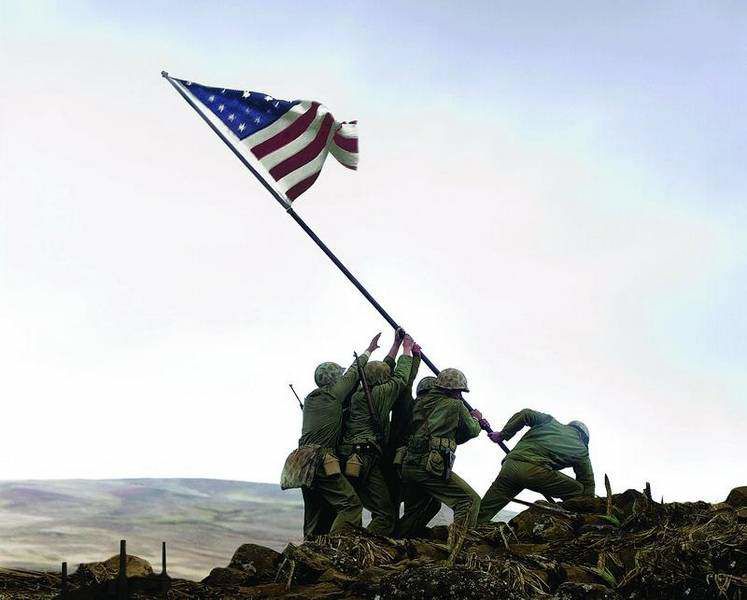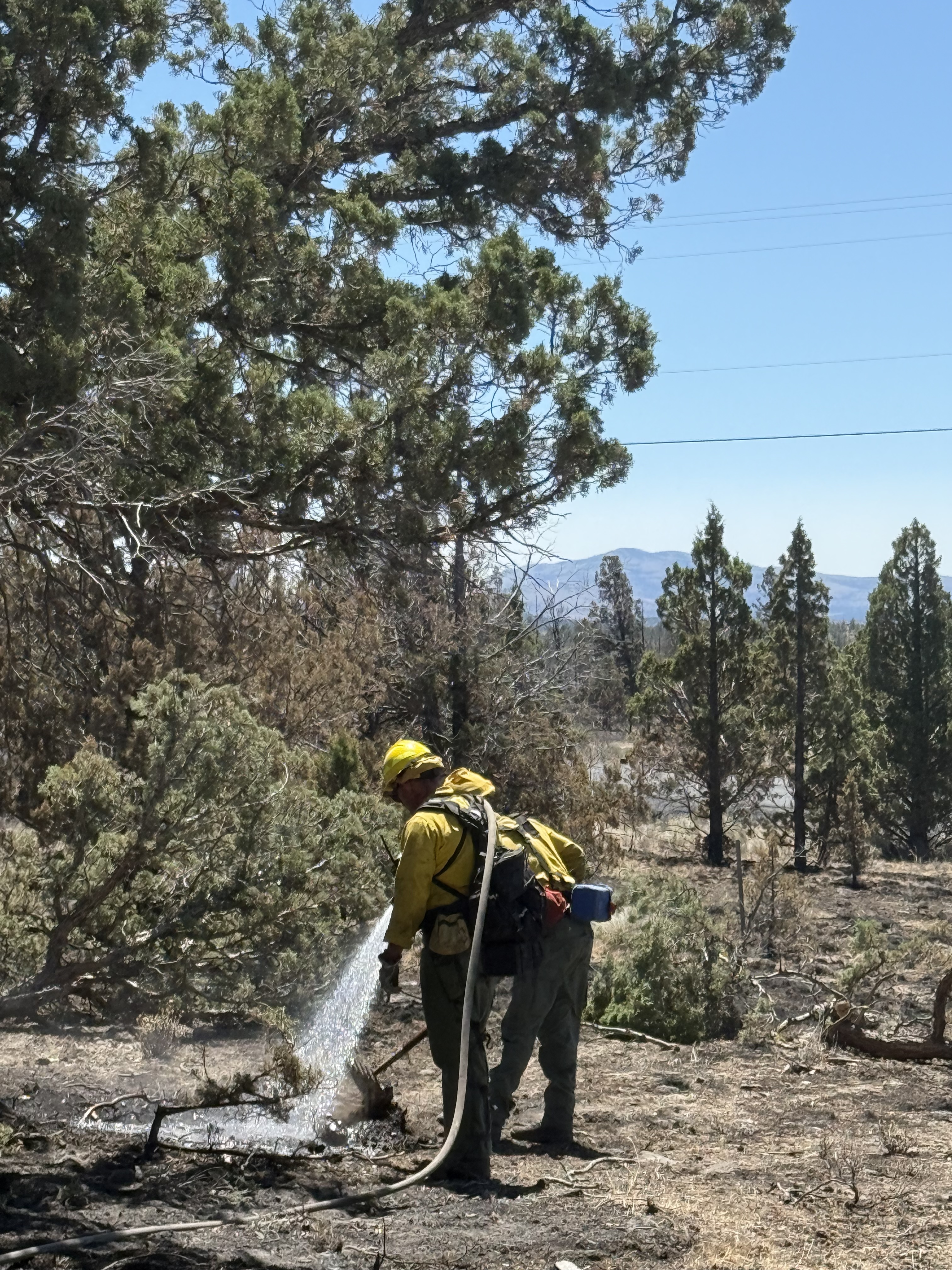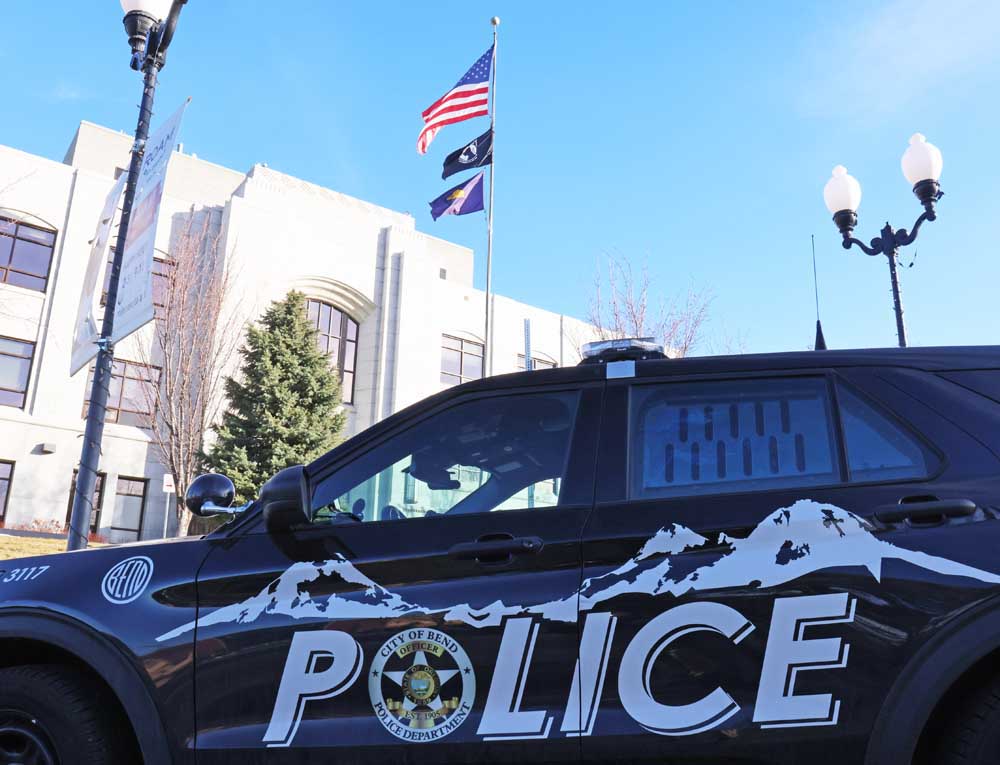‘Flags of our Fathers’ accurate, moving
Published 5:00 am Saturday, October 21, 2006

- The raising of the American flag on Iwo Jima is one of the most enduring images in history and serves as the pivotal moment in ”Flags of Our Fathers,” from DreamWorks Pictures.
History in the Movies is a series that examines the historical accuracy of movies based on real people and events.
All war is hell, they say. But the battle over Iwo Jima in February 1945 thrust its combatants into the deepest circle of Dante’s Inferno. For over a month, on a tiny sulfurous island in the middle of the Pacific, 70,000 Marines threw themselves at 20,000 Japanese defenders. The latter were not so much on the island as inside it, entrenched in a honeycomb of fortified tunnels and well-hidden, man-made caves. Day after day, Marines struggled to advance while receiving devastating fire from invisible enemies. When it was all over 36 days later, the Marines had suffered 26,000 casualties.
Trending
Yet they had succeeded in their goal of securing the island for a vital American airfield within striking distance of Japan. And they had done it with uncommon valor – more Medals of Honor were awarded here than in any other battle in American history. And on the fifth day of the battle, atop Mount Suribachi, a small group of them had raised a flag, a moment captured in an iconic photograph that came to symbolize the heroism of American soldiers in the war.
Clint Eastwood’s new film ”Flags of our Fathers,” (based on the book by James Bradley, son of one of the flag raisers) explores the battle, the famous photo, and the poignant aftermath of both. Here is some historical background on the characters and events portrayed in the film.
Q: Didn’t photographer Joe Rosenthal stage that flag raising photograph?
A: He did not, though that rumor has circulated for decades. The moment’s spontaneity is confirmed in the film footage shot by another combat photographer at the same time (and found online at www.mili tary.com/NewContent/ 0,13190,NI_Iwo_Jima2,00.html). Rosenthal admitted he was lucky to get the photo he did. The flag went up so quickly that he never got a chance to frame the shot in his viewfinder.
The confusion began because Joe Rosenthal took another photograph that day, a staged ”gung-ho” shot with Marines posed under the flag, grinning and waving at the camera. A few days later on Guam, Joe Rosenthal was asked by a fellow photographer if he had staged his photo. ”Sure,” he replied, thinking of the ”gung-ho” picture, and not yet aware of the stir his flag raising photo had caused. His response quickly hit the media, and the charge that the iconic image was staged has persisted like an annoying weed, despite 50 years of denials by Rosenthal and the participants.
Q: But it wasn’t the first flag raising on Suribachi, right?
Trending
A: It was the second, a point never denied by Rosenthal and the surviving flag raisers. A smaller flag had been raised earlier by a different group of men, to the accompaniment of a cacophony of cheers from thousands of Marines below the hill. Captivated by the moment, a high-ranking military observer on the beach demanded the flag as a souvenir. A larger American flag was duly carried up Suribachi, and raised just as the first was lowered. But it was a replacement flag, and raising it was a minor event for the six men involved. The moment gained significance solely because of Joe Rosenthal’s stirring photograph.
But neither the first nor the second flag raising signaled the end of the battle. It raged on for 31 more days, taking the lives of half of the men on Mount Suribachi that day, and punishing its survivors with memories that would haunt them for a lifetime.
Q: Is it true that one of the men in Rosenthal’s photograph was misidentified for two years?
A: It is. When the photo became a sensation in America, President Roosevelt ordered that the participants be identified and brought home to serve as the cornerstone of a massive War Bond Drive. But three had already died, and there was initial confusion over the figure at the base of the pole, his back to the camera. He was said to be Hank Hanson, another dead Marine, whose mother was brought along on the Bond Tour. The survivors – John Bradley, Rene Gagnon, and Ira Hayes – knew the figure was actually Harlon Block, but were ordered to keep quiet.
As the film shows, though, Harlon’s mother insisted throughout that the figure in the photo was her son. But the truth might have remained hidden had not Ira Hayes, a year after the war ended, hitchhiked 1,300 miles to the Block’s home to tell them that Harlon was indeed in the photo.
Q: Before the battle, when the American military armada was steaming toward Iwo Jima, the film shows a man falling overboard and not getting rescued. Could that have happened?
A: Apparently so, for Bradley’s book recounts the incident. The invasion of Iwo Jima was a massive operation, involving the coordination of 800 ships carrying 100,000 Marines and Navy support personnel. Covering 4,000 miles of ocean over three weeks, the armada was not going to stop for one man.
Q: Whatever happened to Iggy, John Bradley’s friend? The film doesn’t really show us.
A: Bradley, the father of author James Bradley, was apparently haunted in later years by the fate of his friend, Ralph ”Iggy” Ignatowski. Bradley found his gruesomely tortured body in a cave a few days after he had disappeared. The Japanese had cut out his tongue and ears, gouged out his eyes and dismembered him. The younger Bradley had never understood his father’s lifelong refusal to discuss his war experiences with his wife or children. But discovering the manner of Iggy’s death helped James appreciate his father’s silence.
In fact, it was only after the elder Bradley’s death in 1994 that his family discovered that he had been awarded the Navy Cross for his bravery on Iwo Jima. Bradley, a corpsman, (a combat medic) had rushed between the lines to a fallen Marine’s aid, administered first aid, then dragged him to safety, all while under a withering cross fire of mortars and machine gun fire. It was an incident he never mentioned to his family.
Q: Where can I find more information on Iwo Jima?
A: James Bradley’s moving ”Flags of our Fathers” is a great place to start.








